Selection Of Equipment
- Home
- Selection Of Equipment
Essential Gear Selection for Himalayan Treks
When trekking in the Himalayas, gear selection is critical — yet often overlooked. The need for proper equipment becomes especially evident during demanding or high-altitude treks. Whether you’re a beginner or a seasoned trekker, investing time in selecting the right gear ensures both comfort and safety on the trail.
Below is a detailed guide on choosing the most important personal trekking gear.
1. Footwear: Trekking Boots vs Trekking Shoes
Your feet will carry you through every step, so choosing the right trekking footwear is crucial.
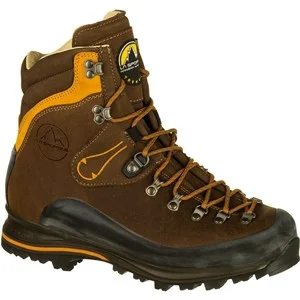
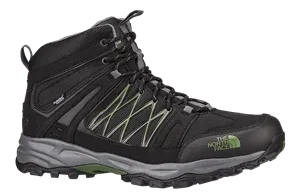
Trekking Boots Trekking Shoes
Types of Footwear
Trekking Boots: Heavier, more durable, and ideal for rough terrain and carrying heavy loads.
Trekking Shoes: Lighter and more flexible, best for shorter or less demanding trails.
Key Features to Look For
| Feature | Why It Matters |
|---|---|
| Weight | Lightweight shoes reduce fatigue. Remember: 1 kg on your feet is like 5 kg on your back. |
| Traction/Sole | Look for rubber soles, ideally Vibram, for superior grip on varied terrain. |
| Ankle & Heel Support | Mid- or high-ankle designs provide stability and help prevent sprains on rocky or uneven paths. |
| Water Resistance | Gore-Tex or similar waterproof membranes are ideal. Breathable materials also keep your feet dry and comfortable. |
🔎 Popular Brands: La Sportiva, Lowa, Scarpa, Salomon, Merrell, The North Face.
🛒 Available in India: Quechua Forclaz 500 (Decathlon) is a budget-friendly and reliable option.
2. Clothing: Layering for Comfort and Weather Protection
A good layering system includes a base layer, mid layer, and outer shell. Depending on conditions, two or more of these layers may be combined.
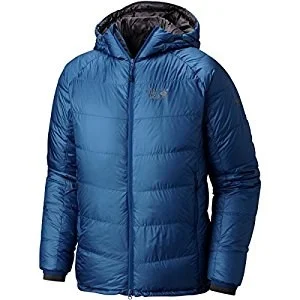
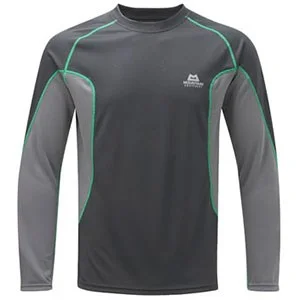
Down Jacket Quick Dry Jacket
A. Base Layer
Acts as your first line of moisture and temperature control.
Prefer synthetic, quick-dry t-shirts with sweat-wicking capabilities.
Long sleeves offer added protection from sun and cold.
B. Down Jacket
Lightweight, warm, and compressible — best suited for dry cold conditions.
Choose one with 700 fill power or more for effective insulation.
Not ideal for wet conditions without an outer shell.
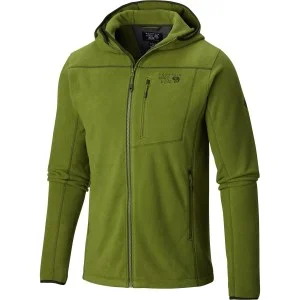
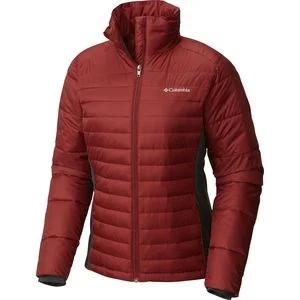
Fleece Jacket Insulated Jacket
C. Insulated Jacket
Made of synthetic fill and generally more water-resistant than down.
Offers warmth and some wind protection.
Heavier than down, but more budget-friendly.
D. Fleece Jacket
A versatile mid-layer, excellent for layering under a shell jacket.
Lightweight, stretchable, and breathable.
Needs to be paired with a windproof outer shell in cold conditions.
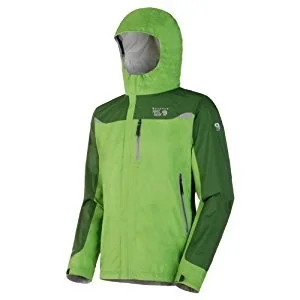
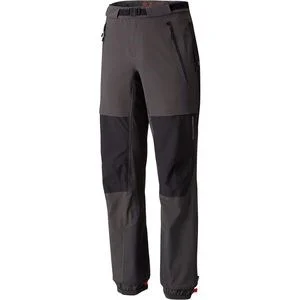
Windproof cum waterproof jacket Windproof quick dry trouser
E. Windproof & Waterproof Jacket (Outer Shell)
Essential for rain, snow, and wind protection.
Choose one that is breathable and water-resistant, especially for long treks.
Avoid heavy, non-breathable raincoats or ponchos unless trekking in monsoon.
F. Trekking Pants
Must be durable, weather-resistant, and quick-drying.
Nylon with added spandex or polyurethane for flexibility is ideal.
Convertible pants (with zip-off legs) offer versatility in changing conditions.
Add a thermal base layer underneath in cold weather or snow conditions.
🔎 Top Brands: Mountain Hardwear, Patagonia, Arcteryx, Marmot, Mammut
🛒 Available in India: Decathlon (Quechua and Forclaz ranges)
3. Rucksack/Backpack: Your Travel Companion
For most treks, it’s recommended that trekkers carry their own packs, especially critical items like sleeping bags and jackets. This ensures self-sufficiency and safety.
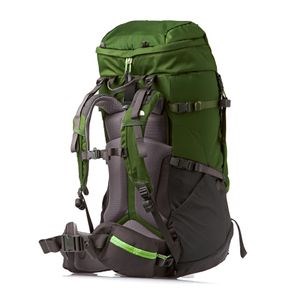
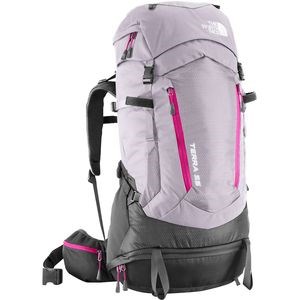
Rucksack back side Backpack
Key Considerations When Choosing a Backpack
| Feature | Why It’s Important |
|---|---|
| Size/Capacity | For 5–10 day treks, a 40 to 60 litre backpack is sufficient. Avoid overly large packs that add weight. |
| Internal Frame | Provides structure and shifts weight to hips for better balance. |
| Shoulder Straps & Hip Belt | Must be padded and adjustable. Look for ventilated mesh for comfort and sweat management. |
| Access Points | Top-loading and front-panel access with dedicated compartments improve usability. |
| Rain Cover | Keeps your gear dry in rain and snow. Always ensure your backpack includes a rain fly. |
🔎 Top Global Brands: Osprey, Deuter, The North Face, Gregory, Mountain Hardwear
🛒 Available in India: Quechua, Wildcraft
🏷 Budget-Friendly Tip: In Kolkata, local brands like Cliffline and Alpine Equipment offer solid options at lower prices.
Bonus Tips for Rucksack Selection
Backpack Weight: Fully packed (with proper gear), it should not exceed 12 kg even for 9–10 day treks.
Backpacking Is a Skill: As you gain experience, you’ll learn how to pack light, smart, and efficient.
Conclusion
The right gear selection can dramatically improve your trekking experience — making it safer, more comfortable, and far more enjoyable. From choosing the right footwear and layering properly to selecting a backpack that fits well and supports your load — every piece counts on the mountain.
Plan smart. Pack right. Trek safe.

